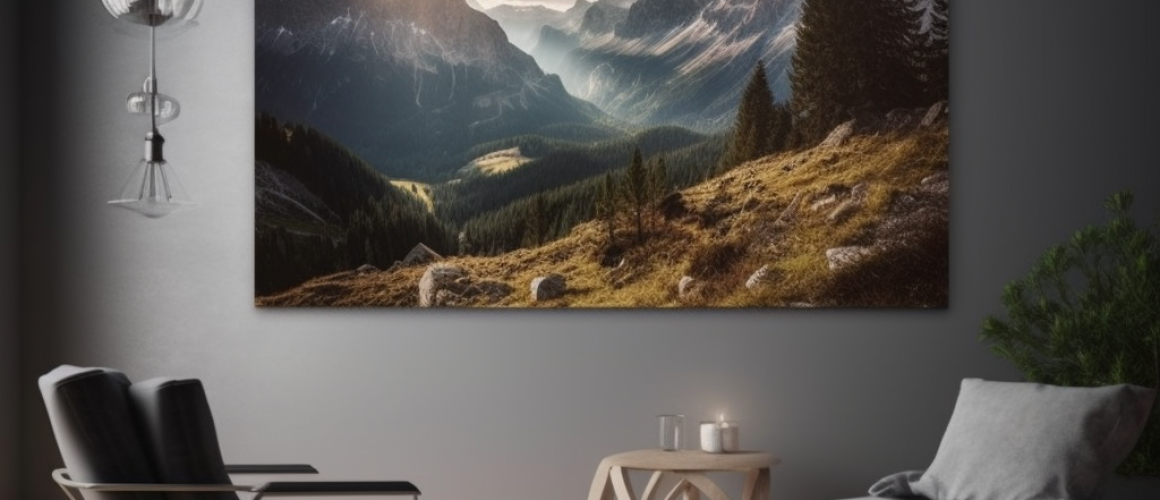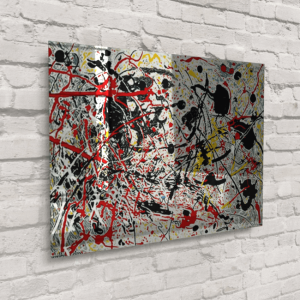Pictures printed on Glass or Acrylic
Introduction
Acrylic and glass are two distinct materials. Each with its own unique properties and diverse range of uses. Acrylic, also known as Plexiglas or acrylic glass, is a lightweight and shatter-resistant material that offers excellent transparency. Making it a popular choice for various applications such as windows and signage. Can even be used for protective barriers. More on Pictures printed on glass below
On the other hand, glass is a versatile and timeless material that boasts exceptional clarity, durability, and resistance to scratches. With its classic appeal, glass is commonly utilized in architectural structures, tableware, and decorative objects. While acrylic offers flexibility and impact resistance, glass provides unparalleled elegance and strength. Understanding these key differences can help in determining the most suitable material for specific needs and applications. Pictures printed on glass or acrylic below
- Composition:
- Acrylic: Acrylic is a type of plastic, also known as polymethyl methacrylate (PMMA). It is a synthetic material made from petroleum-derived chemicals.
- Glass: Glass is a solid material composed mainly of silica, soda ash, and limestone. It is manufactured through a melting and cooling process.
- Transparency and Clarity:
- Acrylic: Acrylic has excellent transparency and clarity. It allows about 92% of light to pass through, making it a popular alternative to glass in many applications.
- Glass: Glass is also transparent, but its level of clarity can vary depending on the type and manufacturing process.
- Strength and Durability:
- Acrylic: Acrylic is less brittle than glass, making it more impact-resistant. However, it is more prone to scratches and can be easily damaged by certain chemicals.
- Glass: Glass is harder than acrylic, but it is more brittle and susceptible to breaking or shattering upon impact.
- Weight:
- Acrylic: Acrylic is lighter than glass, making it easier to handle and install in various applications.
- Glass: Glass is denser and heavier than acrylic.
- UV Resistance:
- Acrylic: Acrylic has good UV resistance and is less likely to yellow or degrade when exposed to sunlight compared to some types of glass.
- Glass: Some types of glass may experience UV-induced degradation over time, leading to discoloration or damage.
- Thermal Conductivity:
- Acrylic: Acrylic has lower thermal conductivity than glass, meaning it insulates better against temperature changes.
- Glass: Glass has higher thermal conductivity, making it more sensitive to temperature fluctuations.
- Cost:
- Acrylic: Acrylic is generally less expensive than glass, making it a cost-effective option for various applications.
- Glass: Glass can be more expensive, especially for specialized or high-quality types.
Applications:
- Acrylic: Acrylic is commonly used in various applications, including signage, displays, aquariums, windows, lenses, and even some furniture.
- Glass: Glass is widely used in windows, mirrors, drinking glasses, cookware, camera lenses, and architectural features.
In summary, acrylic and glass have their respective strengths and weaknesses, and the choice between the two depends on the specific requirements of the application. Acrylic is often preferred when a lightweight, impact-resistant, and cost-effective material is needed, while glass is chosen for its hardness, scratch resistance, and more traditional aesthetic appeal.
Printing on acrylic and printing on glass both have their unique advantages. Let’s explore the advantages of each:
Advantages of Printing on Acrylic:
- Durability: Acrylic is a highly durable material that is resistant to impact and weathering. It is less likely to break or shatter compared to glass, making it suitable for long-lasting applications.
- Lightweight: Acrylic is much lighter than glass, which makes it easier to handle and transport. This can be especially beneficial for large prints or installations.
- Clarity and Transparency: Acrylic offers excellent optical clarity, allowing for vibrant and high-resolution prints. It also has good light transmission properties, making it ideal for backlit displays or artistic pieces with a 3D effect.
- Customization: Acrylic prints can be easily custom-cut into various shapes and sizes, offering flexibility in design options.
- UV Resistance: Acrylic is less susceptible to yellowing or fading due to UV exposure, which ensures that the prints retain their original colors and quality for an extended period.
- Impact Resistance: Acrylic has better impact resistance compared to glass, making it a safer option for high-traffic areas or places where accidental impacts might occur.
Advantages of Printing on Glass:
- Elegance and Aesthetics: Picures printed on glass exude a sense of elegance and sophistication. The smooth and glossy surface of glass enhances the visual appeal of the artwork or photograph.
- Scratch Resistance: Glass is more scratch-resistant than acrylic, which helps maintain the clarity and quality of the print over time.
- Heat Resistance: Glass can withstand higher temperatures compared to acrylic, making it suitable for applications like kitchen backsplashes or areas with exposure to heat sources.
- Environmental Friendliness: Glass is a recyclable material, making it a more environmentally friendly option compared to certain types of acrylic.
- Stain Resistance: Glass is non-porous, making it resistant to stains and easy to clean.
- High-End Applications: Due to its premium look and feel, glass prints are often preferred for high-end displays, art galleries, and corporate settings.
Ultimately, the choice between pictures printed on glass or acrylic depends on the specific requirements of the project, the desired aesthetics, and the intended use of the printed material. Acrylic is typically chosen for its lightweight and durable properties, while glass is favored for its elegance and heat resistance.






